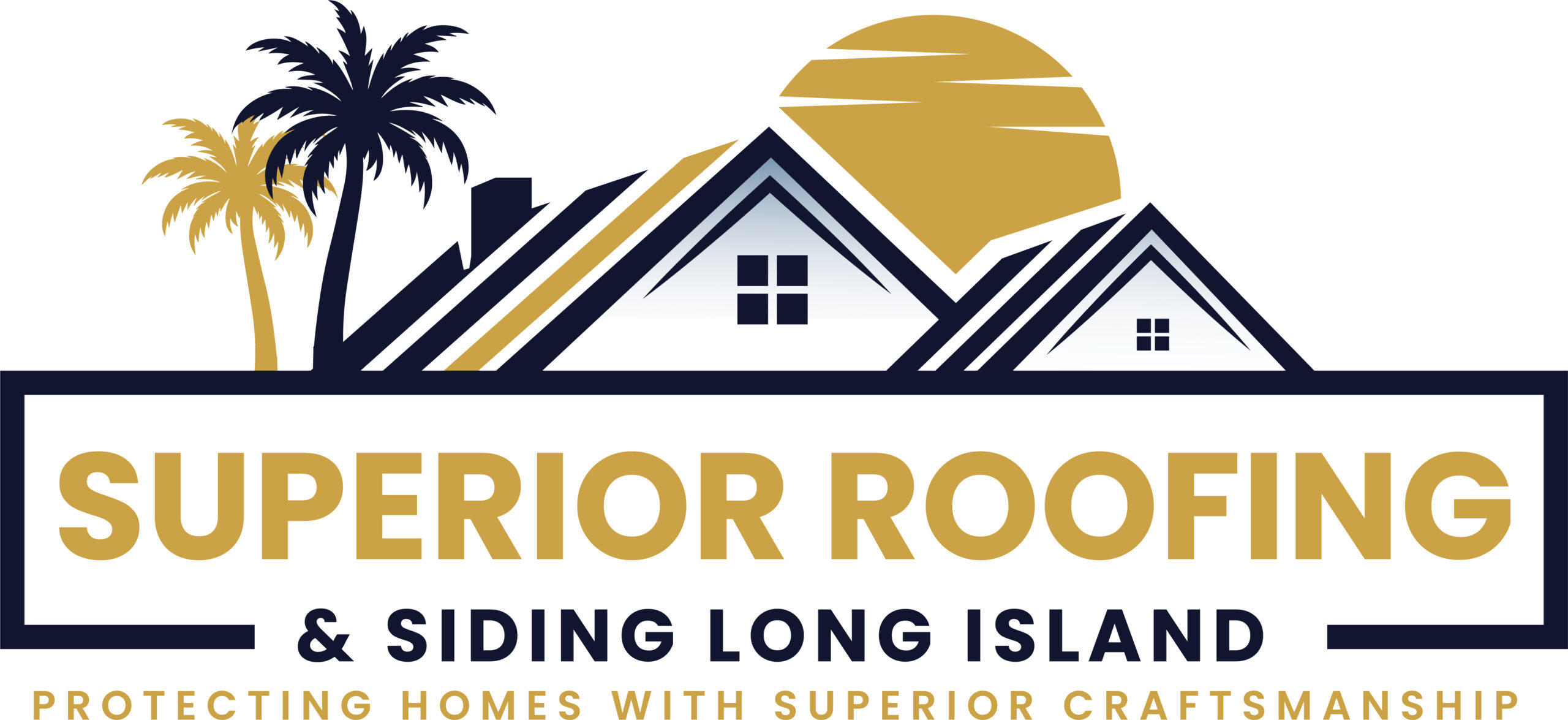Noticing your roof sagging can be concerning, whether you own a cozy home or a bustling commercial property on Long Island. Sagging roofs aren’t just an eyesore; they can signal underlying issues that need attention. Understanding the reasons behind this problem helps you take the right steps to address it.
Several factors might cause your roof to sag. It could be due to the weight of accumulated snow, water damage, or structural issues like weakened beams. Each cause requires a different approach to fix, and identifying the reason is the first step toward a solution. By addressing roof sagging promptly, you can prevent further damage and maintain the safety and integrity of your property.
Common Causes of a Sagging Roof
A sagging roof can pose serious risks for your property. Identifying the cause helps you choose the right repair method.
Structural Issues
Weak or damaged framing often leads to a sagging roof. Poor construction methods or low-quality materials can weaken the roof’s structure. Over time, this reduces support. If the roof’s framing lacks proper nails or isn’t designed to handle the roof’s weight, sagging occurs.
Water Damage
Water damage weakens the roof and roof deck. Leaks from damaged shingles or improper sealing allow water to enter. As water damages the roof’s materials, the structure softens and begins to sag. In regions like Long Island, frequent rain increases this risk.
Excessive Loads
Intense weight causes sagging when too much builds up. Heavy snow or debris can increase load beyond what the roof’s structure can support. Older roofs are especially vulnerable to this problem. If you suspect excessive loads, taking action prevents further sagging.
How to Diagnose a Sagging Roof
Regular checks help Long Island property owners spot roof problems. If your roof shows signs of sagging, quick diagnosis can prevent bigger issues.
Visual Inspection
Start by looking for curves or dips in the roof. Stand back far enough to see the whole roofline. Compare it to a straight line by using nearby features like a fence or another building. Check the attic for signs of sagging in trusses or rafters. Search for leaks, water stains, or daylight peeking through the roof. Inspect the shingles for curling, buckling, or missing pieces.
Using Professional Tools
Consider a moisture meter to find hidden dampness. A laser level can provide precise measurements of dips. Professional tools often give more reliable data than the naked eye. Professional roofers might use infrared cameras to identify moisture pockets. These give a clear picture of hidden problems without removing parts of the roof.
Risks Associated with a Sagging Roof
A sagging roof poses several risks that could affect your Long Island property. Recognizing these dangers early helps you take the necessary steps to mitigate them.
Safety Concerns
Structural integrity weakens when your roof sags. This can lead to dangerous collapses, especially in harsh weather. Falling debris, such as shingles and wood, may cause injury to occupants. Unnoticed water leaks can also create health hazards due to mold growth, affecting air quality and posing respiratory risks to those inside the building.
Increased Repair Costs
Leaving a sagging roof unaddressed increases repair expenses. Delayed action can worsen structural damage, raising the price of materials and labor for comprehensive repairs. Immediate fixes cost less than extensive work like replacing framing or re-roofing. Early intervention reduces the likelihood of additional issues that compound over time, ensuring your property remains safe and economical to maintain.
Repair and Maintenance Solutions
Sagging roofs pose significant challenges in Long Island due to unique weather conditions. Prompt actions can prevent further damage and lower repair costs.
Temporary Fixes
Short-term solutions stabilize your roof until you plan a comprehensive fix. Reinforcing the sagging area helps reduce immediate risk. Use temporary braces or supports, available at hardware stores, to stabilize roof sections. Hiring a professional to install these ensures proper placement and effectiveness.
Tarping the roof protects against weather. Cover sagging spots to prevent water infiltration during rain. Tarps should be secured firmly to avoid wind displacement.
Long-term Solutions
Permanent repairs restore the roof’s integrity, preventing sagging recurrence. Replacing damaged or weak trusses provides strong support. Truss replacement is effective when structural damage compromises roof stability.
Improve drainage by installing or repairing gutters and downspouts. Efficient drainage reduces water accumulation, minimizing sag-induced risks.
Regular inspections are critical. Schedule routine inspections with a licensed contractor to detect hidden issues. Addressing minor concerns during these checks averts significant problems later on.
Re-roofing over the existing roof can also be an option for less severe cases, adding an additional layer for support and protection without full replacement.
Preventative Measures
Preventing roof sagging helps maintain your property’s structural integrity and reduces long-term repair costs. By following these strategies, you ensure your roof remains strong and safe.
Regular Inspections
Conduct roof inspections every six months to identify potential issues early. Look for signs like sagging beams, deformed rafters, water stains, and missing shingles. After heavy storms, check for new problems such as broken tiles or buckled shingles. Hiring a certified inspector every few years provides a thorough assessment, ensuring no hidden damage is overlooked.
Proper Ventilation
Ensure proper ventilation in your attic to control moisture levels, which can weaken the roof structure. Install vents at the soffit and roof ridge to create airflow. This minimizes humidity and prevents mold growth. Maintaining this ventilation system evenly distributes temperature, reducing the risk of heat damage to roofing materials.
Conclusion
Addressing a sagging roof promptly is vital to maintaining the safety and integrity of your property. Regular inspections and maintenance play a crucial role in preventing costly repairs and ensuring your roof remains in top condition. By understanding the potential causes and taking proactive steps, you can protect your investment and avoid the dangers associated with structural damage. Always consider professional assistance for accurate assessments and effective solutions to keep your roof safe and sound.

